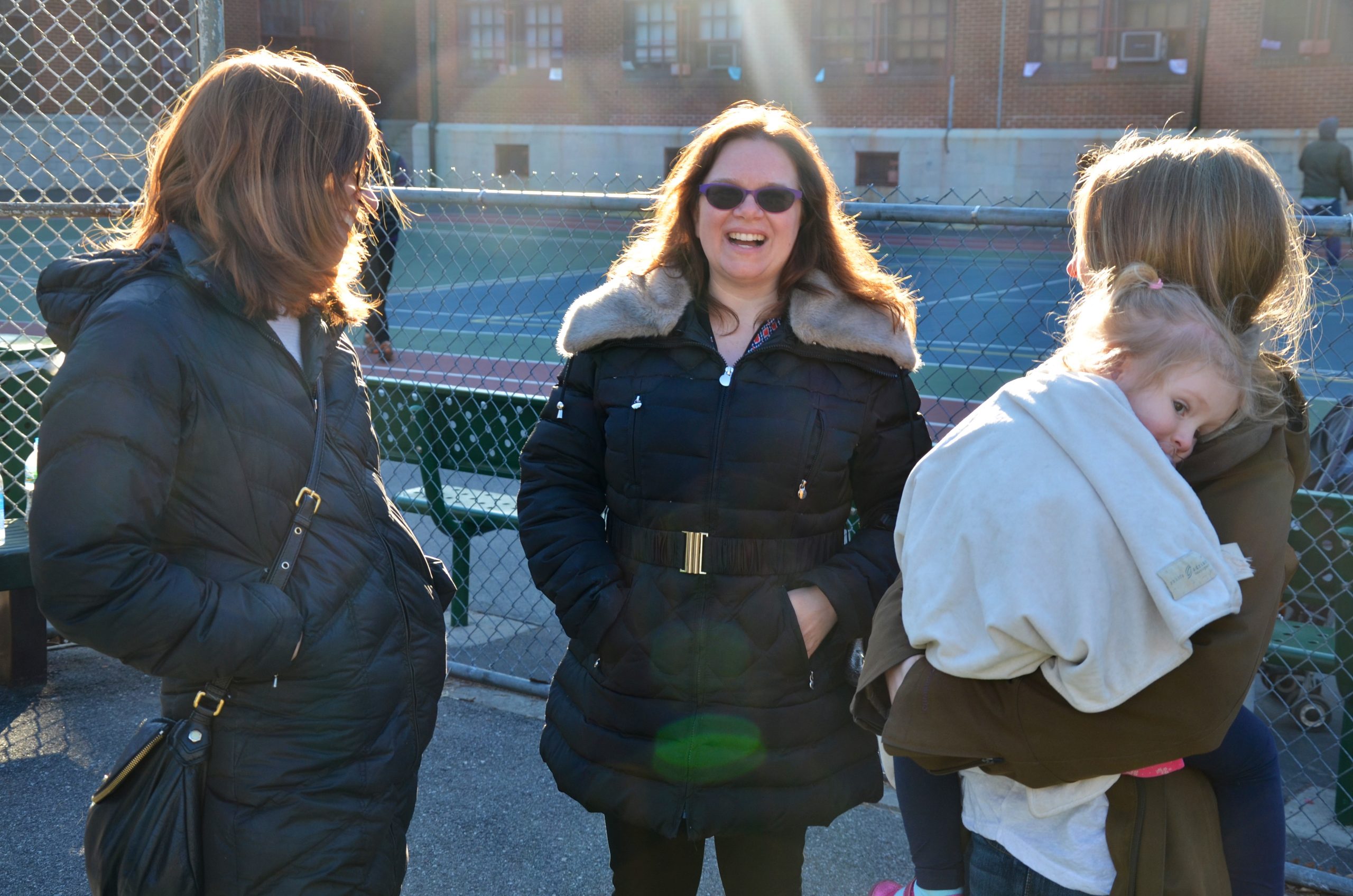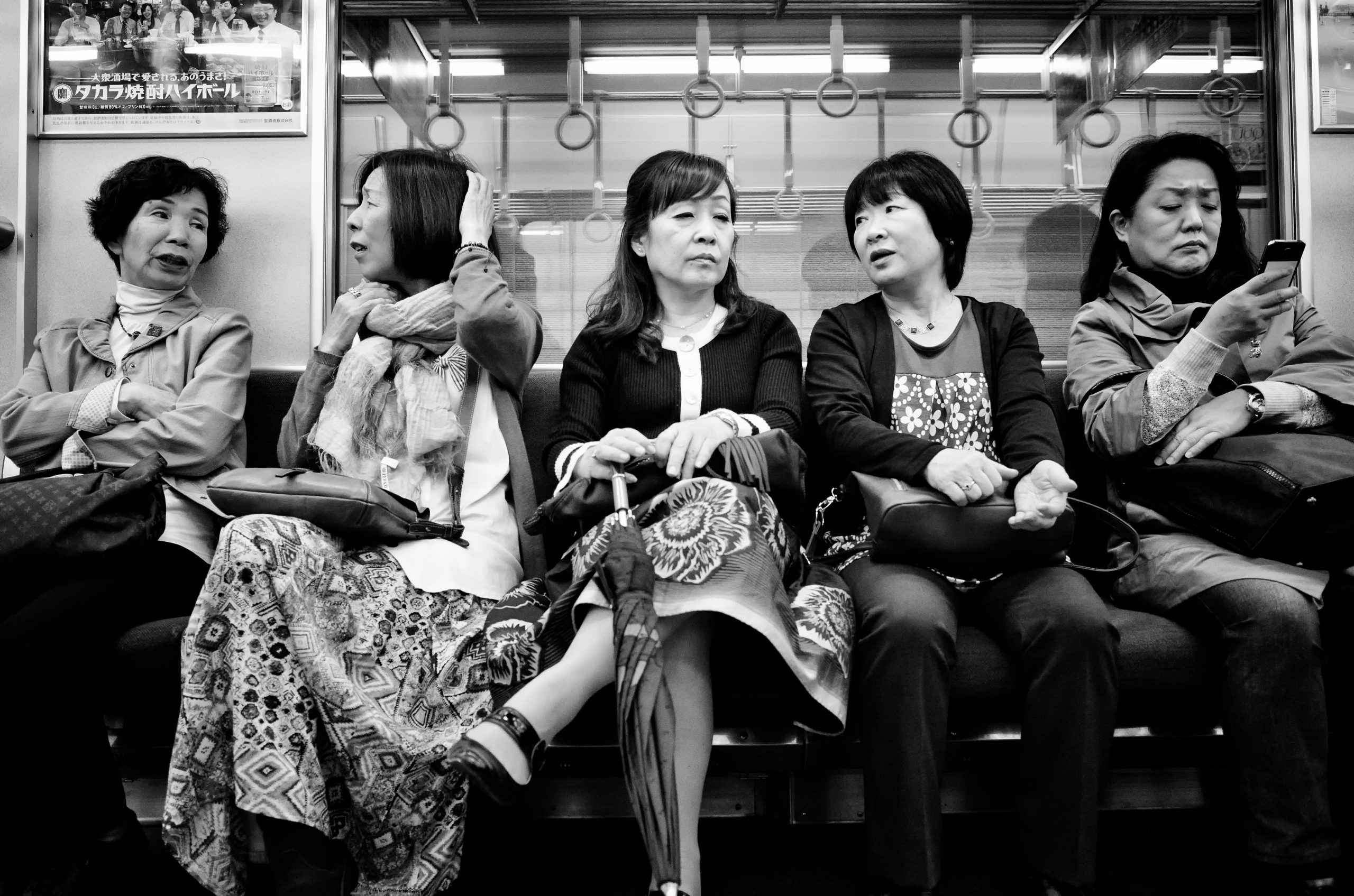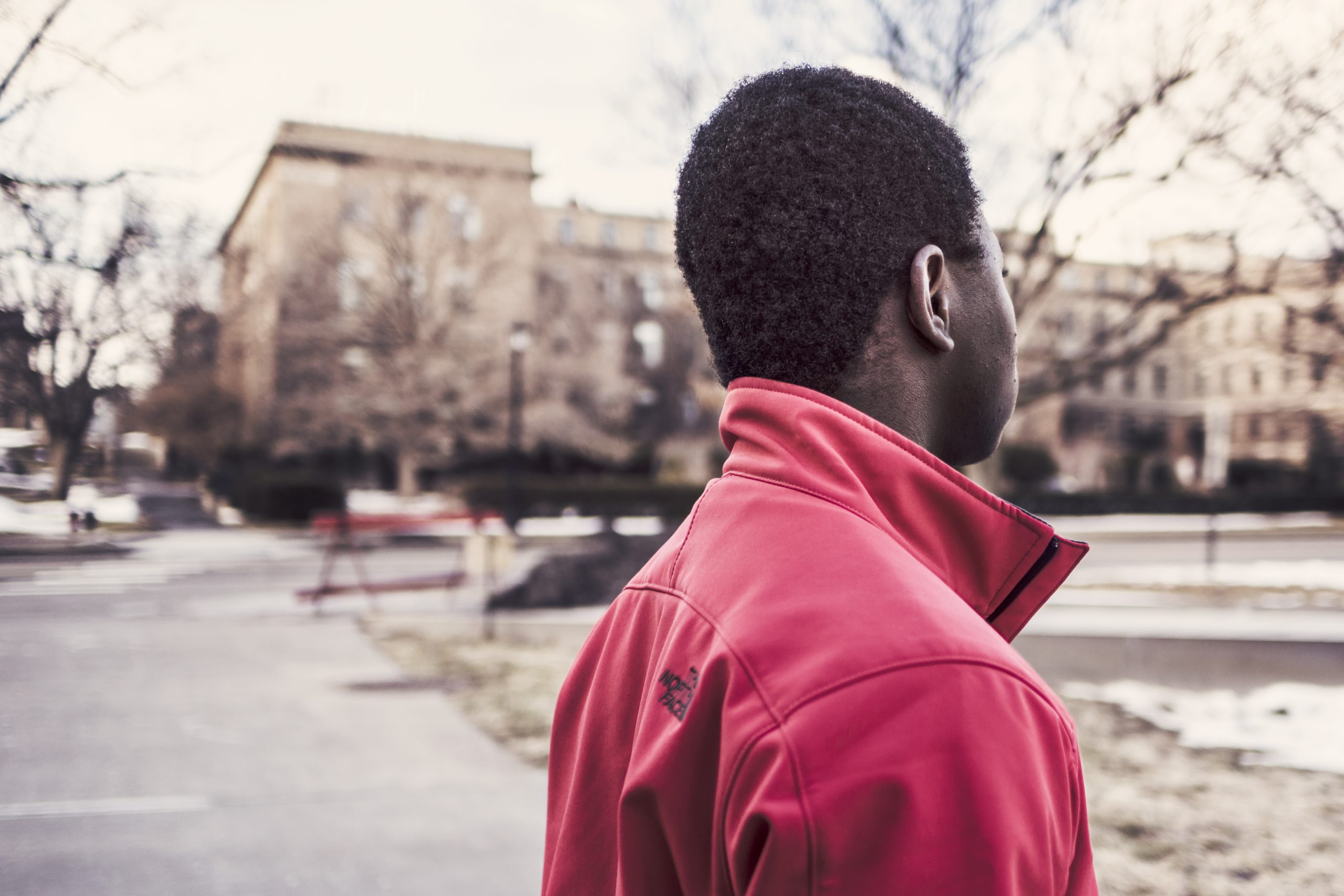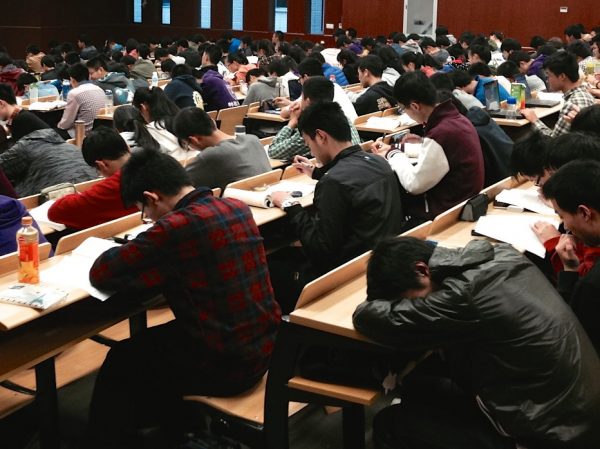An older couple walking closely together along a gravel path on a cloudy autumn day. Image by EddieKphoto from Pixabay is licensed under Pixabay license.
Are you looking for love? Above the age of 60? Well, you’re in luck. With the advent of online dating, older singles are beginning to reenter the dating world. Social science research has mainly focused on the online dating experiences of twenty-somethings, but new research from Lauren Harris explored the dating preferences and patterns of older adults.
Harris interviewed 50 men and 50 women, ages 60-85, through four online dating sites. Three of the sites were for the general public and one was specifically targeted towards older adults. Harris asked participants questions about their motivation and interests in online dating such as: “What are you looking for in a romantic partner?,” “Do you have any deal breakers?,” and “What do you notice when looking through someone’s online dating profile?”
Harris discovered that family caregiving responsibilities played an important role in how older singles viewed potential matches. Oftentimes, older adults will still provide care for their adult children or grandchildren. Harris found that these caring responsibilities actually changed the desirability of singles online in gendered ways.
Women with family care obligations were seen as less desirable. For example, one of the men interviewed explained his irritation with this dynamic saying, “Why are you teasing me and wasting my time when you have the responsibilities? …It just gets frustrating. Do you want a relationship or do you not? So if you’re always taking care of your grandkids, why are you on a dating site when you don’t have time to get into a relationship?”
In contrast, men who had similar care responsibilities were seen as more desirable to women. As one woman explained in her interview, “A lot of times they’ll say something about how they love their children and their families and spend a lot of free time with their family. I like that. I like a family man.” At the same time, however, if men appeared to be in poor health or have young children of their own their desirability decreased. Women tended to shy away from men which might add to their care work responsibilities. As one woman described, “What they’re looking for is women to take care of them… Or they’re having health problems. Maybe the wives [were] taking care of them in life or whatever…I’m not your nurse.”
Harris highlighted the gendered role family care responsibilities play in selecting potential love interests at an older age. Many older adults have care responsibilities and are subsequently experiencing unequal gendered impacts on their dating life. Because romantic relationships can be a major source of support and improve overall well-being, the influence of gender inequality on the dating experiences of older adults is important to consider. Technology has allowed more older adults to re-enter the dating world, but it has also highlighted the persistent caregiving double standard.








